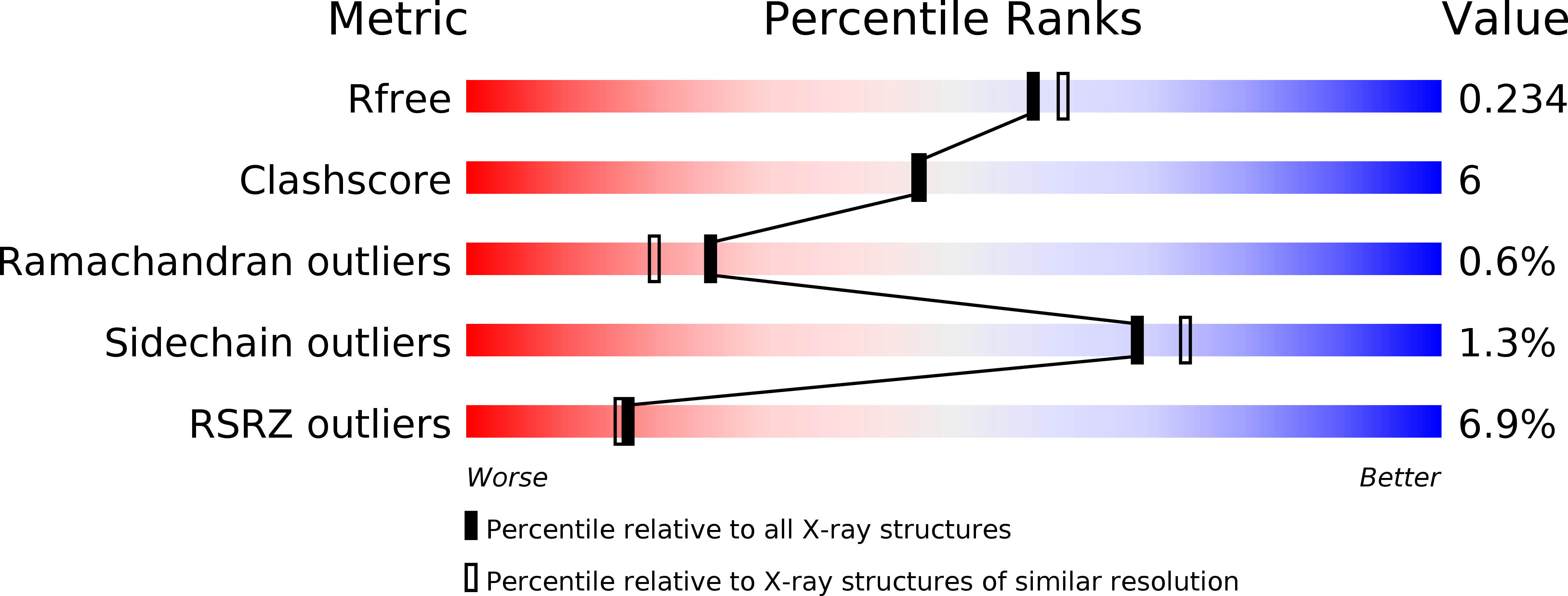
Deposition Date
2001-08-23
Release Date
2001-11-28
Last Version Date
2024-10-23
Method Details:
Experimental Method:
Resolution:
2.00 Å
R-Value Free:
0.24
R-Value Work:
0.21
R-Value Observed:
0.21
Space Group:
P 21 21 21


